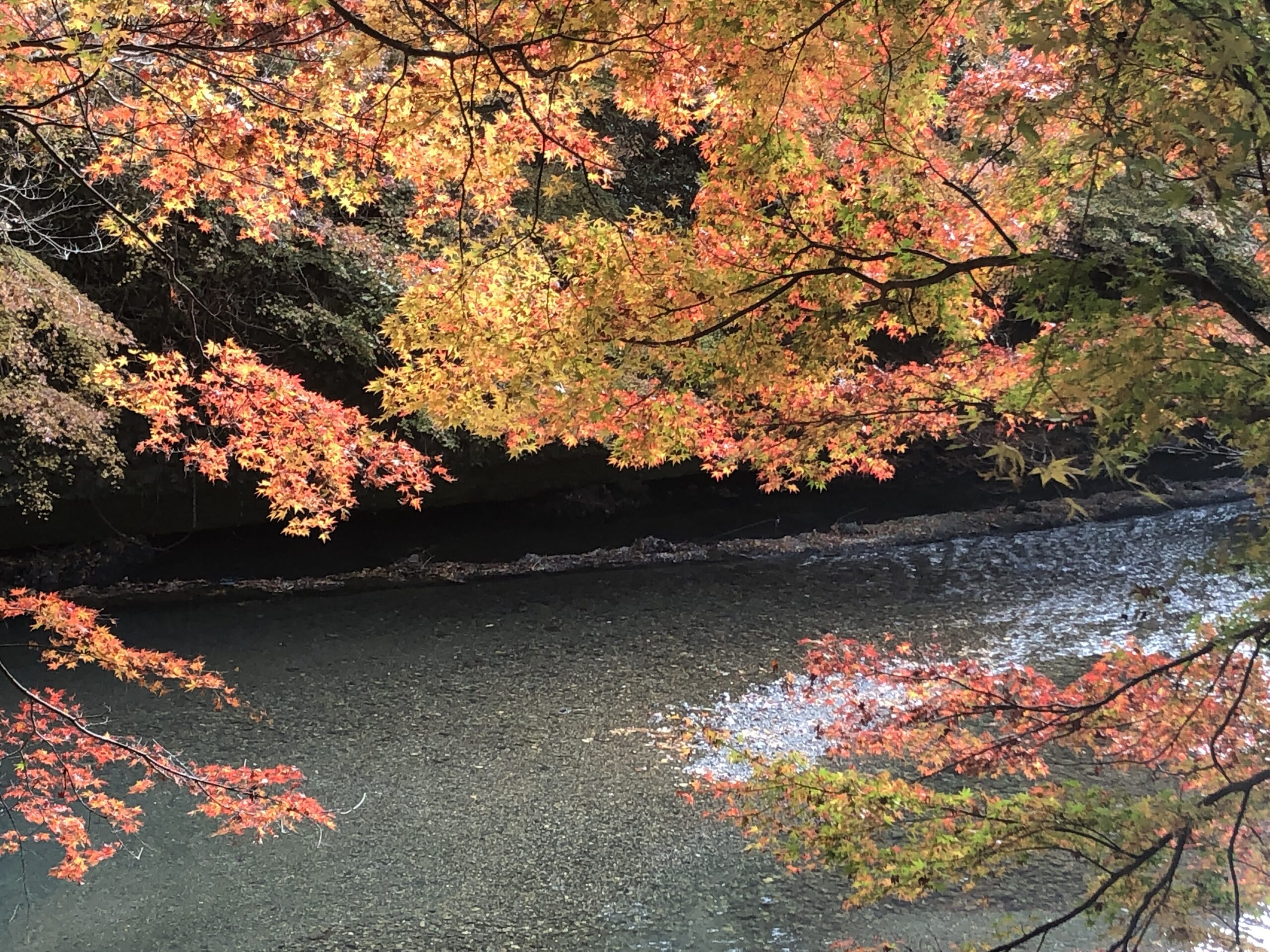Kyoto, the ancient capital of Japan, is renowned not only for its rich cultural heritage and historic temples but also for its unique natural beauty. Nestled in a valley surrounded by mountains, the city’s landscape is a harmonious blend of Machiya, old-style wooden houses, serene forests, and flowing rivers. This confluence of natural and man-made beauty has made Kyoto a source of inspiration for artists and writers for centuries.
Seasonal Splendor
One of the most striking aspects of Kyoto’s nature is its dramatic seasonal changes. Each season brings its own charm and transforms the city into a picturesque scene.
Spring
Spring in Kyoto is synonymous with cherry blossoms (sakura). The city is adorned with delicate pink blooms, particularly famous along the Philosopher’s Path and in Maruyama Park. The sight of cherry blossoms in full bloom, reflected in the tranquil surface of Kyoto’s flowing waters, is a breathtaking experience.
Summer
The lush greenery of summer provides a cool respite from the heat. The Arashiyama Bamboo Grove is particularly enchanting during this time, offering a serene and somewhat mystical atmosphere as sunlight filters through the towering bamboo stalks. The rivers, such as the Kamo and Katsura, are perfect for leisurely walks.
Autumn
Autumn is the most magical season in Kyoto. The city’s numerous temples and gardens are ablaze with vibrant red, orange, and yellow foliage. Places like Kiyomizu-dera and Tofuku-ji become popular spots for “momiji-gari” (autumn leaf viewing), drawing visitors from all over the world to witness the stunning display of colors.
Winter
Winter brings a quiet, serene beauty to Kyoto. Snow occasionally blankets the city, creating a peaceful, monochromatic landscape. The snow-covered Golden Pavilion (Kinkaku-ji) is an iconic image that captures the serene beauty of Kyoto in winter.
Sacred Mountains and Forests
Kyoto is surrounded by sacred mountains that have been revered for centuries. Mount Hiei, to the northeast, is home to the Enryaku-ji temple complex, a UNESCO World Heritage site. The mountain is shrouded in dense forests and offers breathtaking views.
The Sagano and Arashiyama districts, located to the west, are known for their picturesque bamboo groves and traditional wooden boats on the Hozu River. These areas’ natural beauty is complemented by historic temples and shrines, such as Tenryu-ji, which is known for its stunning garden designed to showcase the changing seasons.
Rivers and Waterways
Kyoto’s waterways play a vital role in its natural charm. The Kamo River, which flows through the city, is a popular spot for both locals and tourists. The riverbanks are ideal for picnics, walking, and cycling, offering a peaceful retreat from the urban hustle. In summer, traditional “yuka” dining platforms are set up along the river, allowing diners to enjoy the cool breeze and scenic views.
The Philosopher’s Path, a canal-side walk lined with cherry trees, is another iconic Kyoto experience. Named after the famous philosopher Nishida Kitaro, who was said to meditate while walking this route, the path offers a serene and contemplative environment.
Kyoto’s unique natural beauty is a testament to the harmonious coexistence of nature and human culture. The city’s landscapes, whether they be the seasonal transformations, sacred mountains, meticulously designed gardens, or serene waterways, offer a profound sense of tranquility and connection to nature. Visiting Kyoto is not just a journey through a historic city but also an immersion into a landscape that has been thoughtfully preserved and revered for centuries. This blend of natural and cultural beauty makes Kyoto a truly unique and timeless destination.
